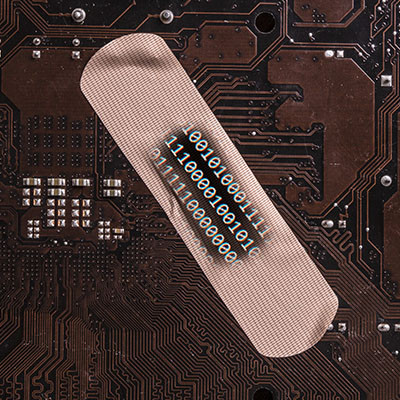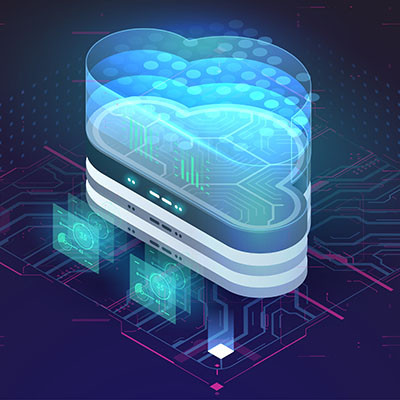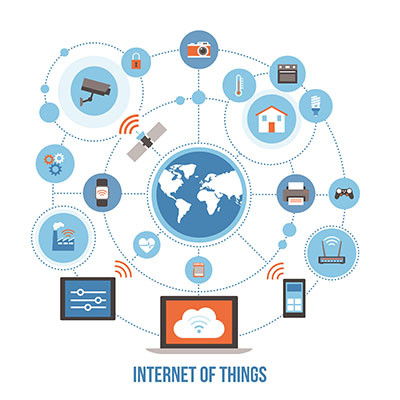Nowadays, the better your employees collaborate, the better your offering is going to be. This means getting the collaboration tools needed to make it simple for your staff to work together to create something great is critical. This month, we take a minute to discuss some of the problems businesses have with collaboration and how you can circumvent these challenges.
Telesys Voice and Data Blog
Businesses often need to add and remove technology to fit their needs, and most of the time these actions make a marked difference in the way that their organizations are able to do things. One problem you may have is with the identification of the business processes that would be aided by technology investment. Today, we’ll briefly discuss how to best identify your business’ IT goals.
In efforts to curb the semiconductor shortage and jumpstart the technology industry, the United States Congress passed legislation that includes funding for manufacturing semiconductors. Partially in response to China’s increasing economic influence and partially in response to the semiconductor shortage, the CHIPS Act could be just what industry leaders need to kickstart the manufacturing of these important devices.
At the beginning of September, it was revealed that a relatively simple issue existed in nearly 2,000 mobile applications that potentially exposed some (read: a lot of) sensitive data. Let’s take a brief, basic look at the situation to see if there are any lessons that can apply to your business.
Sad to say, but for the foreseeable future, cost control is going to be the number one priority for almost every business. With the impacts of the COVID-19 pandemic still lingering, and revenue streams interrupted, many businesses are still being extremely cautious with their capital. One place where most businesses can cut back is on printing. Let’s discuss how to cut your organization’s printing costs.
For all the events that have made business more difficult over the past several years, you probably wouldn’t be surprised to learn that businesses have been more open to change the way they do things if it means that they can meet the demands placed on them by the market. These days, there are some technologies that will be a big part of business headed forward, but you may think that they are out of your business’ price range. Think again. Let’s take a look at three robust technologies and how you can use them in your business.
Most business owners are looking for a way to cut their costs. One way that many firms can see some cost reduction is to increase productivity through solid collaboration. Today, there are many digital tools designed to get more eyes on a project, but they may not completely fit your strategy. Let’s look at some strategies that are used to promote collaboration, and some tools that can fuel these enhanced collaborative efforts.
The effectiveness of your business’ IT security is largely contingent on how your IT operates. As a result, it is extremely important to ensure that your staff understands the role they play in protecting your business’ assets. This month, we discuss what you should prioritize when putting together a security training platform; an essential part of any business’ attempts to keep their IT secure.
The average person will spend an estimated one-third of their life at work. One third. That’s a lot of time, providing plenty of opportunity to accumulate stress. Over time, these emotions could potentially overwhelm your employees and lead to a breakdown. This is, naturally, harmful to your business, so let’s explore some strategies you can share with your team to help them deal with their workday stresses.
It’s easy to use the terms “patches” and “updates” as if they mean the same thing, and they are often used interchangeably within the same context. However, understanding the difference between the two can make a world of difference in terms of how you approach implementing each of them. We’re here to clear things up a bit and help you better understand the patches and updates you deploy on a month-to-month basis.
Technology advances at an incredible rate, and the successful business has much work to do in order to keep up with it. How does your organization’s ability to change and adapt hold up compared to your competitors? This concept, dubbed business agility, is of critical importance in today’s fast-paced business environment, and if you aren’t prepared to assess it, you might be falling behind the competition.
How quickly do you think it takes for a hacker to react to the disclosure of bugs and vulnerabilities? According to industry experts, the time for security professionals to react to zero-day threats and vulnerabilities might be decreasing. Is your organization prepared to act when important vulnerabilities like these are disclosed?
Rarely is there a problem that a cloud solution cannot fix, and as such, businesses are more often turning to the cloud to find ways to handle the many challenges presented to them on a daily basis. Is this reliance on the cloud a good thing, or does it hold businesses back? Let’s take a look at what can happen as a result of overreliance on the cloud.
The business telephone system has been turned on its head by the establishment of VoIP. Voice over Internet Protocol has altered the way that businesses view their enterprise telephone system. This month, we take a look at the modern VoIP system and why it is a far superior tool to traditional telephone systems.
Running a business is stressful, but so is thinking about a future where that business (and its data) no longer exists. If you’re not careful with your preparedness, you could stare down a disaster with no hopes of recovery. This is why we urge you to take proactive action now—so you can prevent these kinds of scenarios from taking your business off the market for good.
I feel like we’ve been talking a lot about the horrifying cybersecurity threats that loom over our heads, and thought it might be nice to really appreciate just how gosh-darn cool some of these devices we all have can be instead.
Since it is our belief that our clients are under constant threat of being the next business hit with a cyberattack, we maintain a pretty aggressive security posture. That’s not to say that all threats are created equal. That’s why it is important to assess risk over the types of attacks and threats you have to confront and plan accordingly.
The blockchain and cryptocurrency have collected no small amount of attention over the past few years, with another trend arising—that of the non-fungible token, or NFT. Could this trend be one that businesses could benefit from?
Let’s examine what an NFT is, in actuality.
The Internet of Things is one of the largest transformations in technology over the past several years. The average business may think that it is far too expensive and complicated to actually implement these tools, but with some decent planning and consideration it can actually pay for itself pretty rapidly. This month, we will go into how organizations can utilize IoT, what solutions make the most sense, and how IoT can bring a significant ROI.
The break-fix IT model can be exhausting and unpredictable. When your technology unexpectedly breaks down, you shouldn’t have to grasp at straws just to keep operations running. Thanks to the proactive approach of managed IT services, the break-fix model is on borrowed time. Will your business move on from this antiquated method of managing technology, or will it remain stuck in the past, unable to move forward?
Mobile? Grab this Article!
Tag Cloud




















